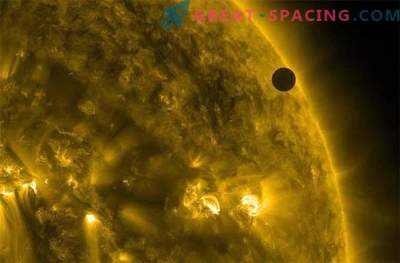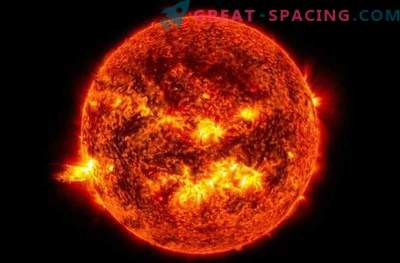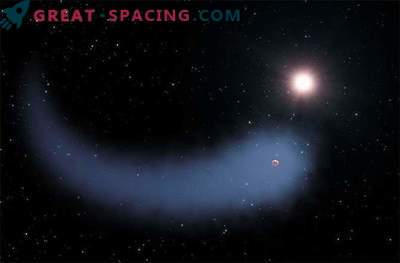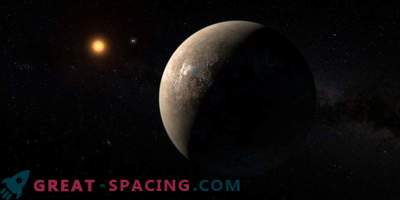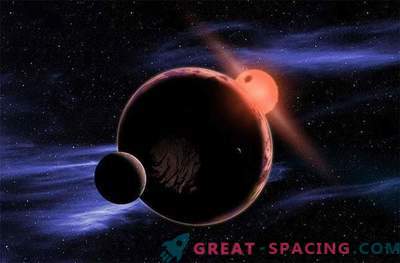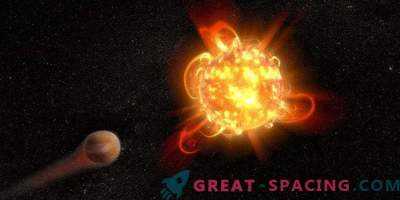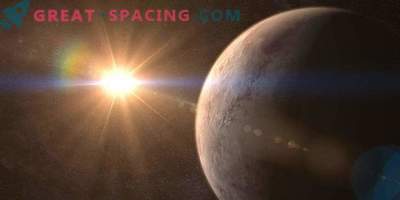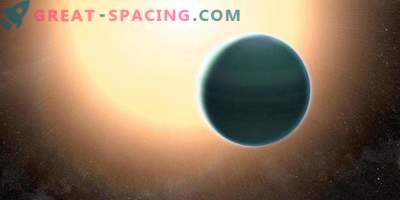
Among Earth-like planets beyond the limit of the Solar System, Kepler-438b has everything.
The planet is only 12 percent larger than the Earth, and its orbit is located in the so-called “habitable zone”, where the temperature allows water to be in liquid form.
However, according to a new study, the parent star Kepler-438b is not the best neighbor. The red dwarf periodically generates flares that are 10 times more powerful than the most powerful flares on the sun.
Along with the super-flashes that occur every few hundred days, scientists suspect that the star is spewing up high-energy particles, known as coronal mass ejections. "The likelihood that coronal mass and superflash emissions generated by the parent star can deprive Kepler-438b of the atmosphere make it unsuitable for life," said astrophysicist Chloe Pew of the University of the United Kingdom of Warwick.
"In addition to being deprived of the atmosphere, the planet is also exposed to harsh ultraviolet and X-rays," she said.
The study is published in the Monthly Notices of the Royal Astronomical Society.


